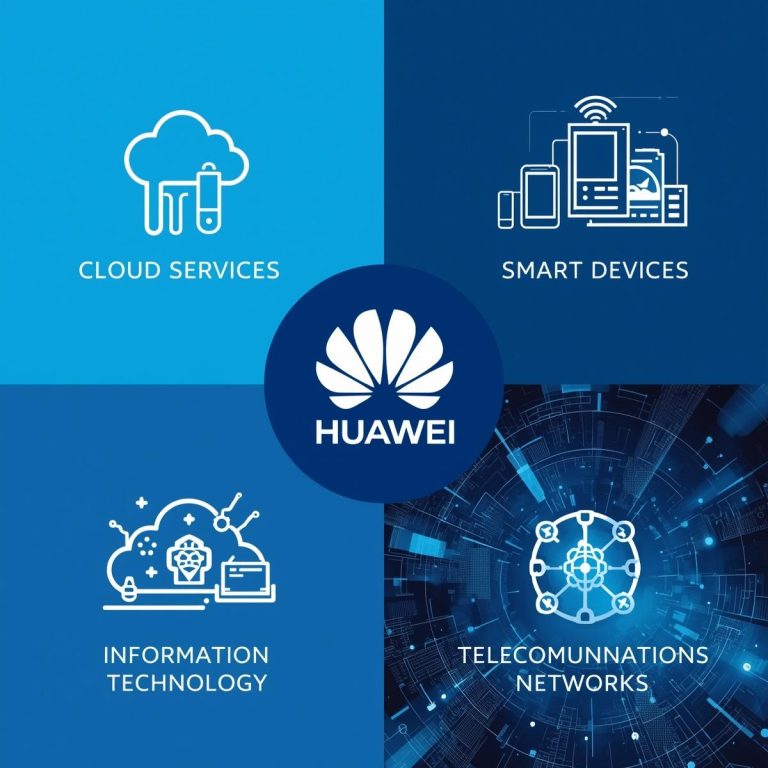

Introduction
Marketing is a constantly changing area where you must completely understand many ideas and frameworks in order to make good plans. The 4Ps and 4Cs of business are two of the most basic rules. By using these models, you can fully grasp the marketing mix and the customer value proposition.
The marketing mix: what comprises it?
The marketing mix idea is practically known to almost all marketers, successful ones at least. A marketing mix is a
of techniques available to help a product be promoted. Usually, this combination consists of four different strategies—the 4Ps and the 4Cs.
Describe the 4Ps.
A structure for guiding companies in choosing the best marketing plans to appeal to their target market is the 4Ps of marketing. This helps marketers better grasp consumer behavior, so guiding their choice of which product or service offering will be most successful in reaching target consumers and, more significantly, which channels would be the greatest for presenting that offer to the end-user?
Product, price, place, and promotion form these four Ps.
- Product
Product is the first “P” of marketing, referring to the physical product. The product might be tangible or intangible, which means that it provides both physical and mental benefits.
For example, while selling an iPhone, consumers may buy it for the following reasons:
- The capacity to communicate with friends and family using social media.
- To have access to a wide collection of music, movies, books, and other media.
- The ability to stay up to date with current happenings (internet access)
- Capable of capturing high-quality photographs and movies with cutting-edge capabilities that may be shared on social media.
- Multitasking with multiple apps open at the same time.
All of these benefits are both physical and emotional, which is why the product caters to a specific type of user.
- Price
Price is how much money someone is willing to pay for a good or service. This needs to be weighed against the product itself and how important it is to the target group.
Apple’s iPhone, for example, costs a lot, but people who want to buy cutting-edge technology are willing to pay that price.
- Place
This is the third “P” of marketing. The place is also known as the distribution route. It has to do with how a product gets from the maker to the person who buys it.
These are the three main types of standard distribution channels:
- Grocery stores, corner stores, and other physical places sell goods directly to customers.
- People who work in sales bring samples or brochures to businesses and sell them. For example, a plumber might sell a restaurant a new pipe.
- Agents, brokers, and wholesalers buy goods from makers and then sell them to marketers or retailers. For example, a car manufacturer might sell cars to a car dealer.
Technology has made it possible for us to do many things that weren’t possible in the past. Some of these are markets, websites that connect buyers and sellers, online stores like Amazon, affiliate marketing, where you can sell on someone else’s website, and more.
4. Promotion
All marketing messages, like ads, PR, and sales leads, fall under the category of promotion.
Advertising, which can be seen or heard on TV, radio, or the internet, is a paid form of non-personal contact. It’s usually a call to action that makes people want to buy a product or service, and it’s sent to raise knowledge of the brand, which can lead to sales.






